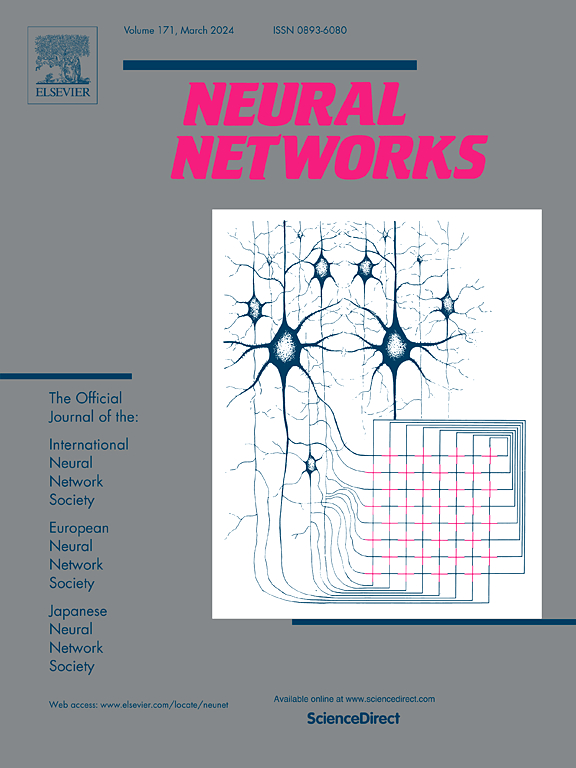SAR remote sensing image segmentation based on feature enhancement
IF 6
1区 计算机科学
Q1 COMPUTER SCIENCE, ARTIFICIAL INTELLIGENCE
引用次数: 0
Abstract
Synthetic aperture radar (SAR) images are crucial in remote sensing due to their ability to capture high-quality images regardless of environmental conditions. Though it has been studied for years, the following aspects still limit its further improvement. (1) Due to the unique imaging mechanism of SAR images, the influence of speckle noise cannot be avoided. (2) High-resolution SAR remote sensing images contain complex surface features, and the intersection of multiple targets makes boundary information unclear. To address these problems, we propose a SAR remote sensing image segmentation method based on feature enhancement. Specifically, we propose utilizing wavelet transform on the original SAR remote sensing image along with an encoder–decoder network to learn the structural features. This approach enhances the feature expression and mitigates the impact of speckle noise. Secondly, we design a post-processing refinement module that consists of a small cascaded encoder–decoder. This module refines the segmentation results, making the boundary information clearer. Finally, to further enhance the segmentation results, we incorporate a self-distillation module into the encoder. This enhances hierarchical interaction in the encoder, enabling better learning of semantic information by the shallow layer for segmentation. Two SAR image segmentation datasets demonstrate the effectiveness of the proposed method.
求助全文
约1分钟内获得全文
求助全文
来源期刊

Neural Networks
工程技术-计算机:人工智能
CiteScore
13.90
自引率
7.70%
发文量
425
审稿时长
67 days
期刊介绍:
Neural Networks is a platform that aims to foster an international community of scholars and practitioners interested in neural networks, deep learning, and other approaches to artificial intelligence and machine learning. Our journal invites submissions covering various aspects of neural networks research, from computational neuroscience and cognitive modeling to mathematical analyses and engineering applications. By providing a forum for interdisciplinary discussions between biology and technology, we aim to encourage the development of biologically-inspired artificial intelligence.
 求助内容:
求助内容: 应助结果提醒方式:
应助结果提醒方式:


